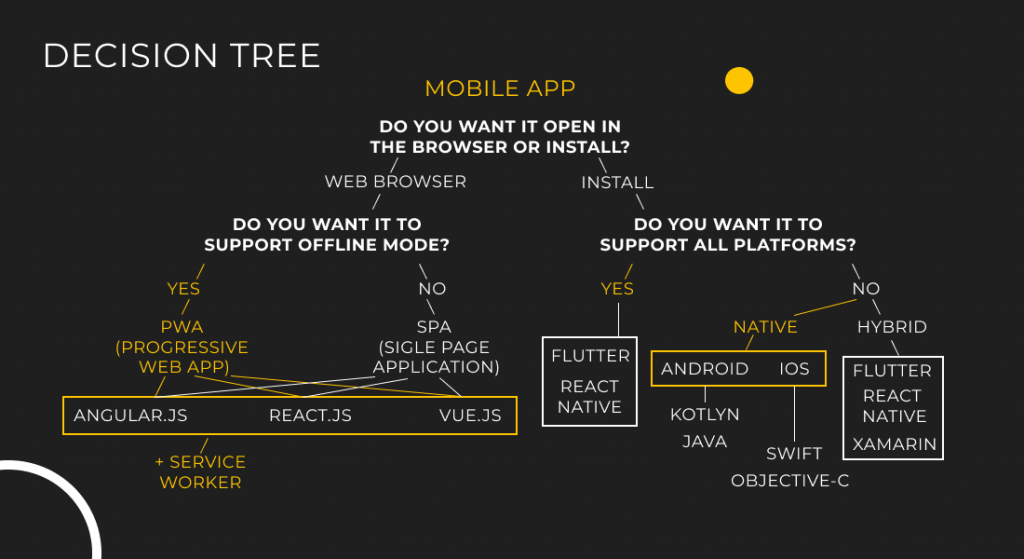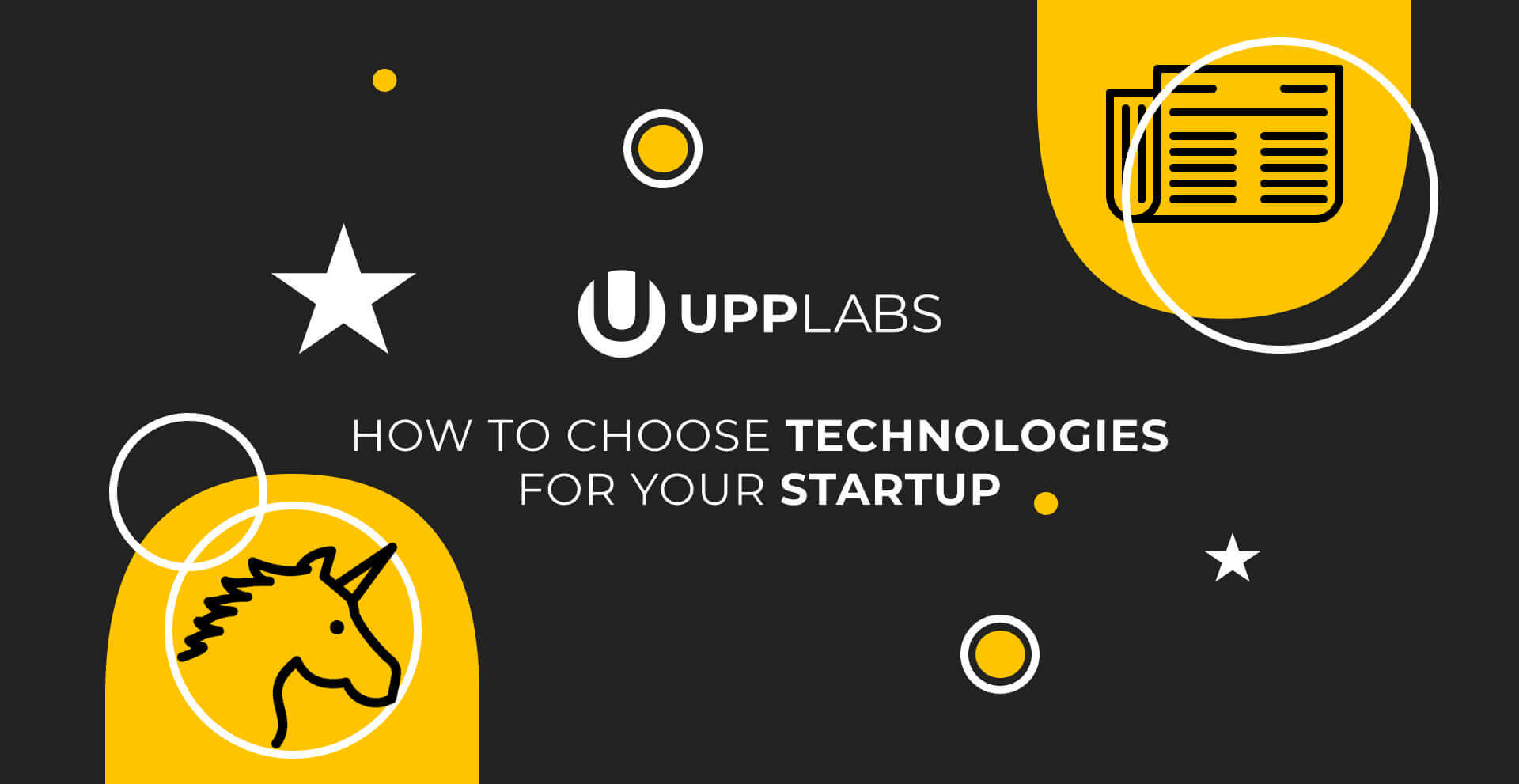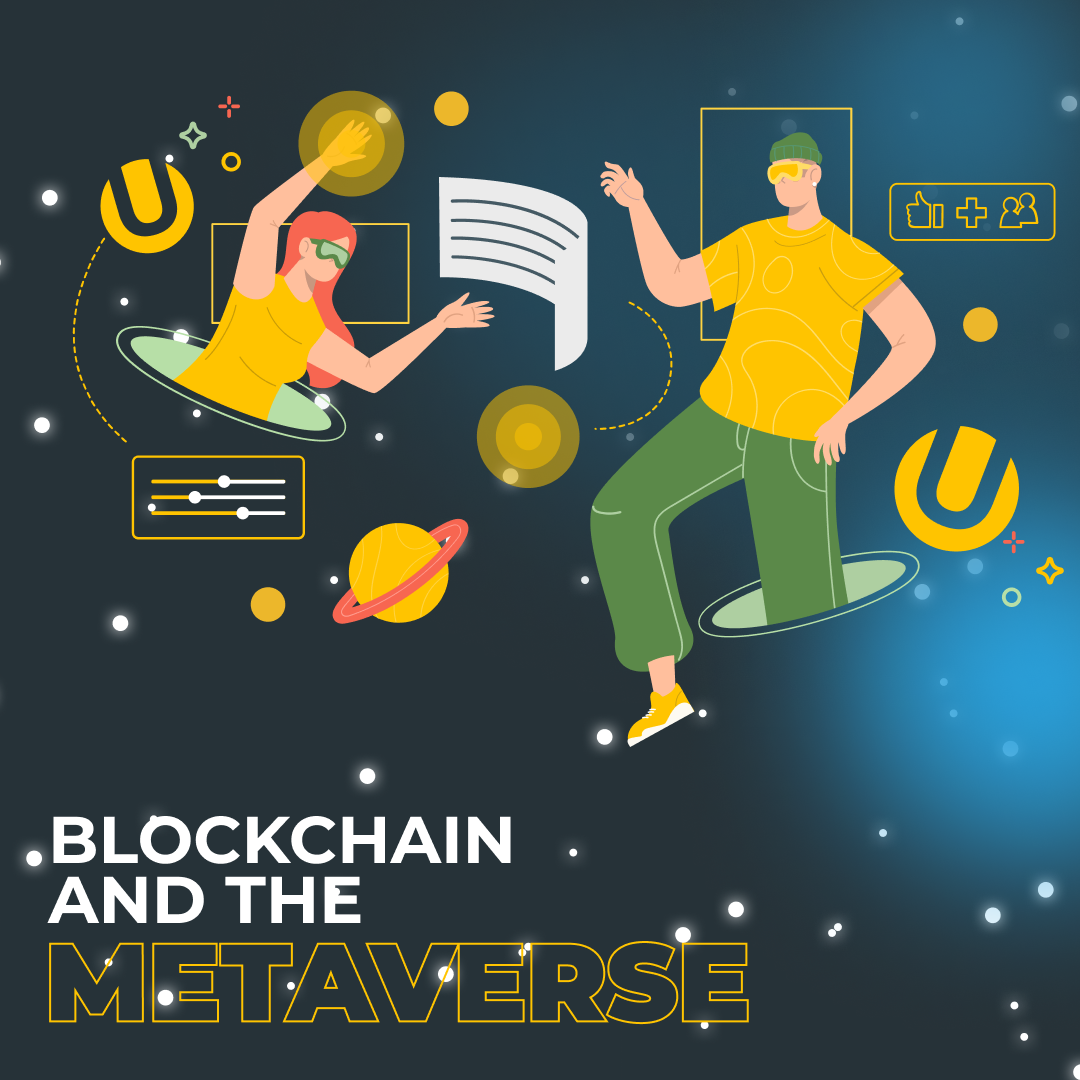What is the best way to choose developers for your startup if you have just an idea and know a little about technologies that should be applied? In this article, we’ll make a recap for the most popular and effective practice methods for choosing your tech stack and a software development team.
There are several effective methods and ways to determine the direction to move and a stack of developers missing out on a project.
Ways and methods to find out what developers you need
If you are a startup founder, it doesn’t mean you need to do all technical issues for yourself. Finding and hiring a skilled team isn’t so hard as it seems. Today, there exist many options and methods that will help you find the necessary technical team exactly for your projects.
In this article, we are going to introduce to you:
- Decision tree;
- Decision matrix;
- IT consultation for startups.
Each option has its benefits that we are going to describe for you. The purpose of the techniques above is to get the optimal technical software development stack and the most required skills for the business project or a team. In order to successfully implement these tools, you need to carefully choose the one that suits your purposes best.
1. Decision tree
A Decision tree is a common decision support tool that is made in the form of a tree that symbolizes our decisions with branches — possible consequences. This model is commonly used in operations research, decision making, reaching goals and machine learning sphere.

We are interested in this model as it can be applied to analyzing what technologies we could use in our projects and potential software developers we need in the team. The process starts with creating a flowchart-like structure with each internal representing a test on an attribute, with each branch — as a result of the test, and with each leaf — as a decision taken after calculating all attributes. The ways that lead from root to leaf mark the classification rules. Collecting the analytics from the tree we can clearly see the expected values.
For example, in the picture above you will see a simplified decision tree of choosing a technology stack for creating a mobile application. All the decisions on the tech stack are based on the functionality we need to be presented in our application.
There exist three types of nodes in the decision tree:
- Decision nodes
- Chances nodes
- End nodes
Once the solution tree is built, it is analyzed so with the last decision made. For each solution, the alternative with the highest profit (if we have this parameter included) is selected. If there is more than one possible event from the time of the decision, the highest expected alternative is selected.
This system has substantial benefits:
- The model is easy to understand and can be visually very well structured.
- It is valuable even when you have little data. Some results of possible alternatives and probabilities can appear after a more closer look later.
- It is helpful for determining different kinds of scenarios.
- It can be easily combined with other decision methods and matrices.
The disadvantage of this model can be its instability and relativity. Some data like categorical variables can lead to complex calculations with many uncertain outcomes.
In general, this method is perfect for defining a technology stack your startup is going to use for product development. Also, the decision tree method can be good for prioritizing a list of developers needed for the project. The number of decision trees usually are generated here with the candidates’ probabilities based on their skills and necessary qualifications. In this way, the needed developers may be ranked according to their variables including outcomes from personality or behavior assessment, results from third-party and performance evaluations collected from previous projects.
2. Decision matrix
When it is known exactly which of the possible future conditions will be fulfilled (the decision is made under certainty), the decision is relatively simple: it only requires choosing the alternative that gives the highest payback under this condition. Although this method is rare in the process of final decision making, this kind of calculation is often applied in practice.
The decision matrix method of selecting alternatives to a solution is used in situations where the comparison of alternatives and the selection of the best one is made on the basis of many criteria.
If we talk about choosing the right technologies for your product, this method can be a possible option. Continuous qualitative and quantitative changes occurring both within the organization and in the external environment also affect the degree of uncertainty in the information used in management decisions. All of this has led to the need to develop specific methods that facilitate the justification and choice of management decisions under certainty.
Regardless of the complexity of the problems, the process of solving them is carried out in a logical manner using one of the scientific methods. The interrelationship between the stages of management decision-making and the methods used make it possible to imagine the possibilities of each of them and to attract the relevant developers in time.
Quantitative methods of decision matrix are divided into the following main groups:
- analytical;
- statistical;
- mathematic and programming;
- theoretical.
Let’s consider the general case where there are N alternatives (our technologies we comparing) that are compared by T criteria having different meters.
In order to choose the optimal solution, alternatives (A1} = (i = 1, N) and the results of their implementation {P-} (i = 1, N; i = 1, w) must be presented in matrix form.
Let there be three alternatives: A1, A2, A3 (for example, three different programming languages we’re thinking about using in a new project) and five criteria V1, V2, V3, V4 V5 for their evaluation (how fast this language is, expressive, what library it has, community, ecosystem).
Let’s draw up a matrix of results. To choose the best alternative, such a matrix can be directly used in very special cases where one alternative by each of the criteria exceeds any other alternative, that is, explicitly overridden by all criteria. Typically, each alternative is characterized by a set of results that have different meanings. In this case, it is required to give a single assessment of the different results in order to compare them and choose the best alternative.

To do this, each result must be compared with some estimate of [O;] to obtain a vector of estimates: [A1] = [O1, O2, O3….]. To explain, here you can use your evaluation rate which might have from 0 to 10 points, for example.
Any decision made in the management process requires the comparison of results. At the same time, the results are a set of parameter values, often not only incomparable but also contradictory.
Thus, solving multicriteria problems within an objective model is not always possible. In such cases, this is the sequence of decisions. Based on the existing limitations, a set of feasible solutions is formed. Then, from the set of feasible solutions, there are many possible effective solutions. Finally, from the many effective decisions, you can choose the only solution that is the best of the possible options.
This method might seem hard at first, but its effectiveness is proved by time.
3. Free IT Consultation
We find the method of consultation to be the most advantageous because in this case, the company does not have to spend time and break CTO’s head over the decision matrices and trees — everything will be solved by experts. In our case, by UppLabs.
Free IT Consultation lets you find out a needed tech stack and the numbers of developers by asking for advice from software development professionals. They will investigate your product and get into its details. Having a lot of expertise in software product development, IT consulting agencies will see the situation and figure out all possible variants and their results. So far, you might have a guarantee for their advice to be working. If not — you have nobody to blame except them.
At this point, UppLabs as an IT consulting agency offers startups a free IT consultation to understand the potential opportunities and risks using particular technologies.
We know and use all the methods above, and eager to imply them while helping our clients. For you, this means that all the hard work will be done by us, and you will have to consider the options we advise. No pain and sleepless nights. Just needed development stack and defined skills for the developers you need to hire for your team.
We do not impose our software development services when providing IT consultation. UppLabs stands for trusted collaboration and networking. We value loyalty and are aware of the possibility that businesses we helped with successful digital transformation might come to us again for software development. That’s why we do not insist on hiring us after the consultation.
Our main benefit of maintaining free IT consultations for startups is the growth of the professional community. If we help a startup that operates for example in Fintech, we’ll have a more healthy startup environment in this sphere and a competition that is vital for the industry. In this way, we have more potential!
Get our free IT consultation! Don’t miss your chance to engage professionals to help your business!
Stay tuned! In our next article, we’ll tell you about the methods to find out how to fill the gap in the development if you’re running an enterprise. UppLabs will shad some light on choosing the right extended teams and the numbers of developers to hire.
Or you can always take an Online Discovery Session to identify the key features your product should have, and we’ll help you with defining teck stack:



